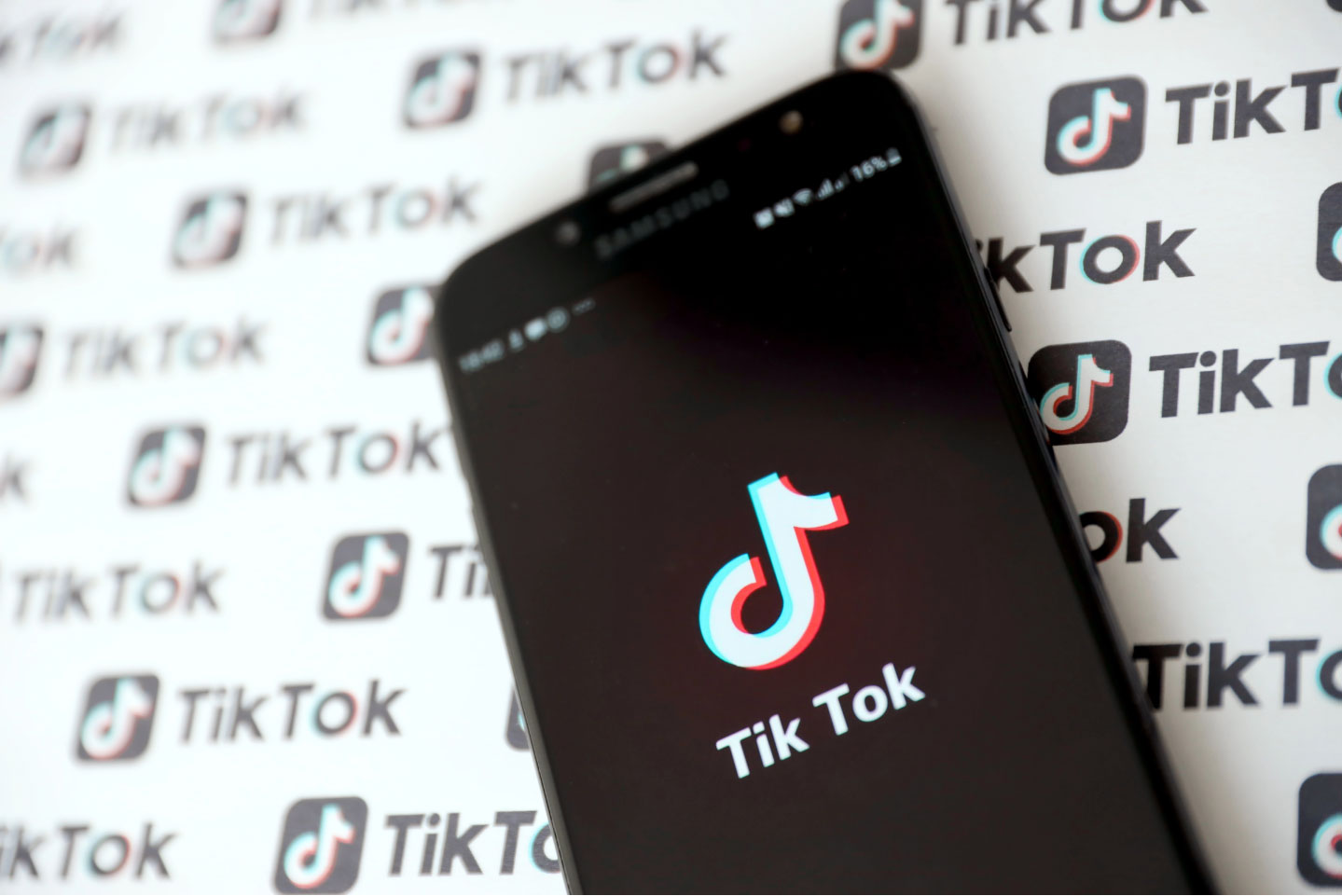In today’s digital landscape, many brands still limit their strategies to paid traffic on platforms like Google and Meta. However, the possibilities for digital activation are infinitely broader, encompassing traditional portals, programmatic media, streaming, and much more. Tatiana Dejavite, a media expert and CEO of Star in the World, emphasizes that “the digital world offers a universe of opportunities that companies are not fully exploring. It is a mistake to focus solely on social networks when there are so many tools available to reach the audience in more assertive and segmented ways.”
Exploring major media portals
Tatiana Dejavite is emphatic in pointing out the strength of major content portals such as UOL, Globo.com, Terra, and R7. “Traditional portals offer a range of formats such as video, display, and native advertising, as well as journalistic and sports coverage that provide massive and qualified exposure. In branding campaigns, they are platforms that cannot be ignored,” highlights Tatiana. According to Comscore, 85% of Brazilians consume news on these portals, making them an excellent opportunity for large-scale campaigns.
In 2023, Brazil recorded a digital advertising investment of R$ 16 billion, with 28% of this total allocated to major content portals, according to IAB Brazil.
Programmatic media: efficiency and precision
The programmatic media is revolutionizing the way brands reach their audiences, not only in digital, but also in spaces like OOH (Out of Home) and connected TV. Tatiana explains: “Programmatic allows for a much more efficient purchase, based on audience data, which generates a more refined segmentation and superior ROI. Brands can impact their target audience at the right moment, with the right message, in multiple formats.”
A Zenith study predicts that by 2024, 88% of digital advertising will be bought programmatically, reinforcing this trend as one of the most effective in the market.
VOD and streaming: the new television
With the rise of streaming platforms like Netflix, Amazon Prime, and HBO Max, the consumption of video-on-demand (VOD) content has skyrocketed. “Streaming has become the new center of entertainment. The ability to insert advertising on connected TVs and streaming platforms offers a more interactive and less invasive approach,” notes Tatiana.
The growth of this market is remarkable. According to PwC, the number of streaming service subscribers in Brazil increased by 35% in 2023, and forecasts indicate that advertising investment on these channels will reach R$ 2.8 billion by 2025.
Influencers and podcasts: new forms of engagement
Tatiana Dejavite highlights the power of influencers and podcasts, which have already surpassed the boundaries of traditional social networks. “The podcast, for example, is a powerful engagement tool. With over 34.6 million listeners in Brazil, this format allows brands to create authentic connections with the audience,” Tatiana points out.
Furthermore, digital influencers continue to be a key element in marketing campaigns, but now, they are integrated across multiple media formats, such as YouTube videos, TikTok content, and participation in live streams on streaming platforms. “The authenticity that influencers bring to the brand’s message is something that cannot be replicated in traditional campaigns,” she states.
In-app media and geolocation: personalization in the palm of your hand
Advertising in apps and the use of geolocation are other important paths to be explored by brands. Popular apps like Spotify, Deezer, and various niche apps offer in-app media formats that allow for direct and targeted engagement. “The major advantage of in-app media is the ability to precisely target the audience, integrating campaigns with geolocation and creating a more immersive experience for the user,” explains Tatiana.
eMarketer points out that 45% of Brazilian consumers have already been impacted by ads in apps, highlighting the growth potential of this strategy.
According to Tatiana Dejavite, the future of digital media does not lie in a single channel or format, but in the brands’ ability to integrate multiple tools to create omnichannel campaigns. “The great advantage of digital is that it allows us to constantly test, analyze, and adjust. Brands that can navigate this universe with flexibility and innovation will be more successful.”
In a world where consumer attention is fragmented across various screens and platforms, brands need to expand their vision of what it really means to activate in the digital realm. The opportunities go beyond social media and paid traffic.







